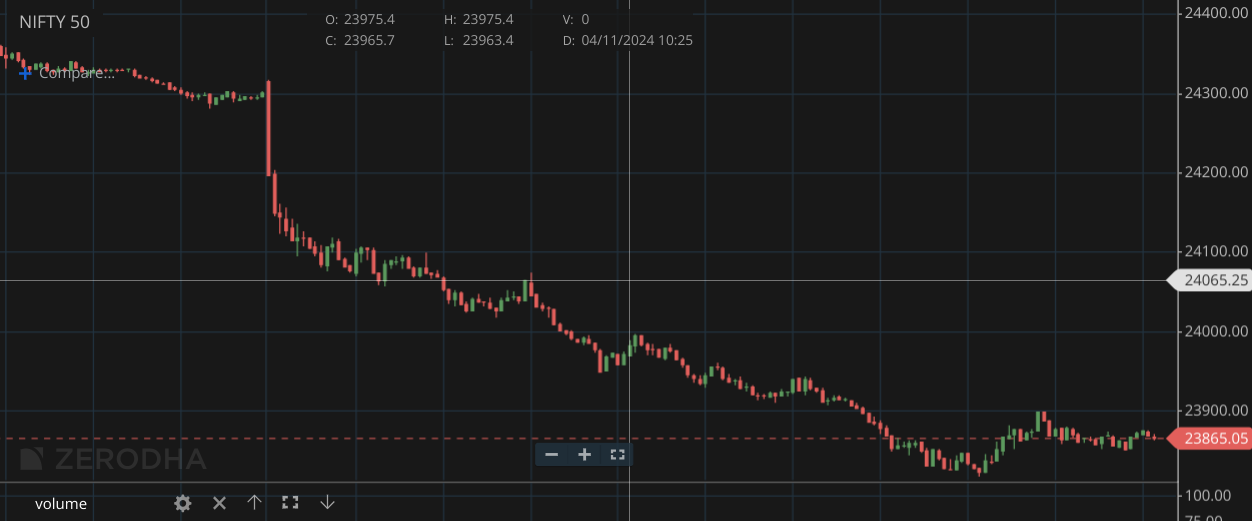On 4 December 2024, shares of Adani Green witnessed a significant fall, falling 3.83% to close at ₹1,262. During the day, the stock witnessed an intraday low of ₹1, 251.90, showing a fall of 4.64% at one point. This decline is part of a broader negative trend, as the stock has fallen significantly from its 52-week high of ₹2, 174.10, which was on 24 September 2024. This means that the stock has fallen by about 41.98%.
Although it is above the 5-day moving average, Adani Green’s stock is currently trading below the 20-day, 50-day, 100-day and 200-day moving averages, reflecting a negative trend in the market. The stock has been on a downtrend for the past two days and has lost 5.05 per cent in this period.
There are several reasons for this decline in the shares of Adani Green. An important reason is a controversial agreement between Adani Green and the Andhra Pradesh government, which was proposed in 2021. Under this agreement, the state government had planned to give 7 GW of power received from Adani Green’s solar project free of cost to rural and agricultural sectors. There have been allegations of corruption over the deal, with US officials accusing Adani Green and Azure Power of paying bribes to Indian officials to get power contracts. Although the Adani Group has denied any wrongdoing, the controversy is raising doubts among investors.
Additionally, Adani Green is facing a number of financial challenges, including high levels of debt, raising concerns over its long-term sustainability. Mutual funds have also reduced their stake in the company in the last quarter, reflecting the lack of investor confidence. The company has shown a decline in Return on Equity (ROE) over the last two years, and in addition, Adani Green has also reported a year-on-year decline in operating profit margin and net profit.
The stock has been underperforming lately, as it has lost more than 20% in value in just one month. The stock’s trend remains weak, as it is trading below both the short and long term moving averages. The high PE ratio, which is more than 40, reflects its overvaluation. Additionally, technical indicators, such as the Relative Strength Index (RSI) are indicating price weakness, which is causing a lack of investor confidence and a further drop in the stock price.
